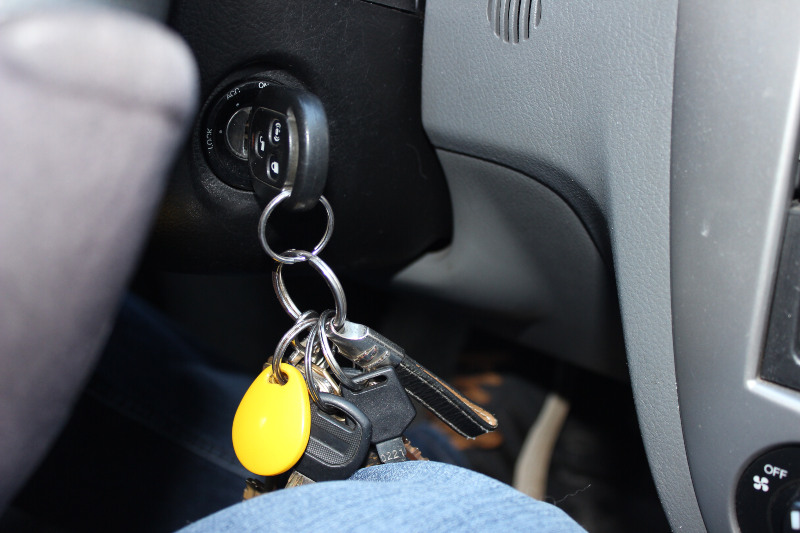Car Doesn’t Start? The Possible Causes and How to Fix Them!
A car that refuses to run or stops while driving is always irritating. Even if your car won’t start, there is no need to panic or think of selling your car as scrap. That is only due to small damage.
To find the source of this problem, you need to have a good understanding of how a car works. Learn in this guide what can cause your car to malfunction, and what can help in these cases.
What Does a Car Need to Drive?
To run, a combustion engine vehicle needs six things:
- Fuel: gasoline, diesel, or gas
- A control system: to manage moving parts
- Energy: for electric ignition current and to operate the starter
- Air: for the air/fuel mixture
- Oil: to lubricate moving parts
- Water: to cool the engine
If one of these systems fails, the entire engine fails, and the value of the car drops big time. Depending on the system affected, the engine can either work back easily, or it may need high repair expenses.
Common Car Problems
The Engine no Longer Ignites – Malfunction of the Combustion System
When a car does not start or breaks down, the first suspect is the fuel supply.
- Indeed, when the car rumbles but does not want to start, there may be no more gasoline in the tank. If the fuel gauge shows there is more, the float is stuck in the tank.
You can check this by refueling and then trying to restart the car again. You have to be patient since the fuel system must refill.
- If the tank empties faster than usual, check for fuel odors. There may be a leak from a fuel line.
- Finally, the fuel pump may also have broken down.
Control System Failure
Failure of the control system often has fatal consequences. When the toothed belt or synchronous belt breaks, the engine stops directly and does not start.
In most cases, the engine is severely damaged internally and the repair is expensive.
To check this, look inside the toothed belt and synchronous belt housing. If anything is wrong with these belts, you have found the origin.
The repair does not consist in replacing the belts or chains, but in disassembling the engine in its entirety.
A Faulty Power Supply
When the car does not start, the most common cause is the power supply.
- The dynamo generates an electric current. The electricity gets stored in the battery, then directed to the ignition coils where it goes to the spark plugs in the engine block.
Electricity must always be spinning. If the electrical circuit beaks, there is no longer a supply of electricity. The vehicle body is a return conduit to the dynamo.
Corrosion can occur between the connection cables between the battery and the dynamo and the body.
If you don’t notice it, the car will start less and less well, until it cannot start at all. The solution to this problem is very simple: You have to unscrew the earth cables, clean them and cover them with grease. Then screw them back in, and voila, you solved the problem.
- Sometimes the problem is loose cables. The easiest solution when a car does not start is to insert the cables in their respective places and the car can start again.
If the cables are already in their places but cause sparks, the insulation is damaged. You must act urgently and cover the spark plug cables with insulating tapes.
- The starter can also cause a problem with the power supply.
It consists of an electric motor and an electromagnetic supplier. The starter wears out over time, and its mating contacts can corrode. you can notice this from a chattering noise.
This noise means that the electromagnet does not fully activate the starter motor, but that the electric motor is still running.
The good thing is that you can solve this problem easily by changing the damaged parts.
Problems with the Air Supply
If a foreign object has gotten into a suction wing, or the air filter is really dirty, the engine can no longer receive enough oxygen to prepare the air/fuel mixture.
This problem is often heralded by high and increasing fuel consumption and a hot engine.
All you have to do here is change the air filter and examine the intake wing, and the car can run optimally again.
Problem with Water or Oil Supply
The direct result when there’s a lack of supply of these materials is piston damage. In this case, a complete engine overhaul is necessary.
You have to immediately switch off the engine when the engine warning light for the cooling water or the oil pressure comes on.
If none of these steps have worked, there is only one possibility left before you go to the specialist workshop: check all the fuses, especially if you have a diesel vehicle, where the preheating fuse may have fallen out of order.
